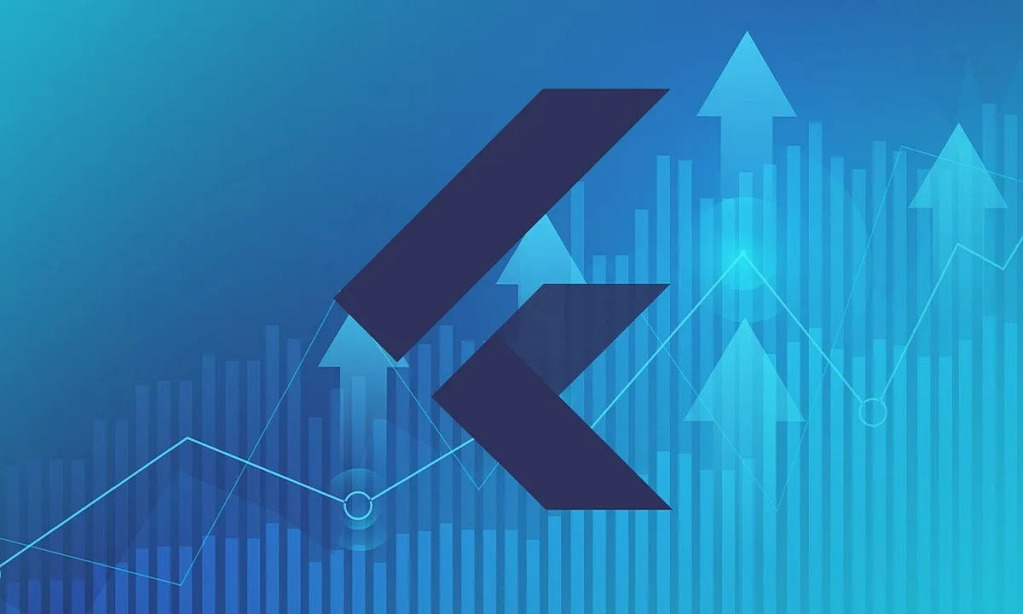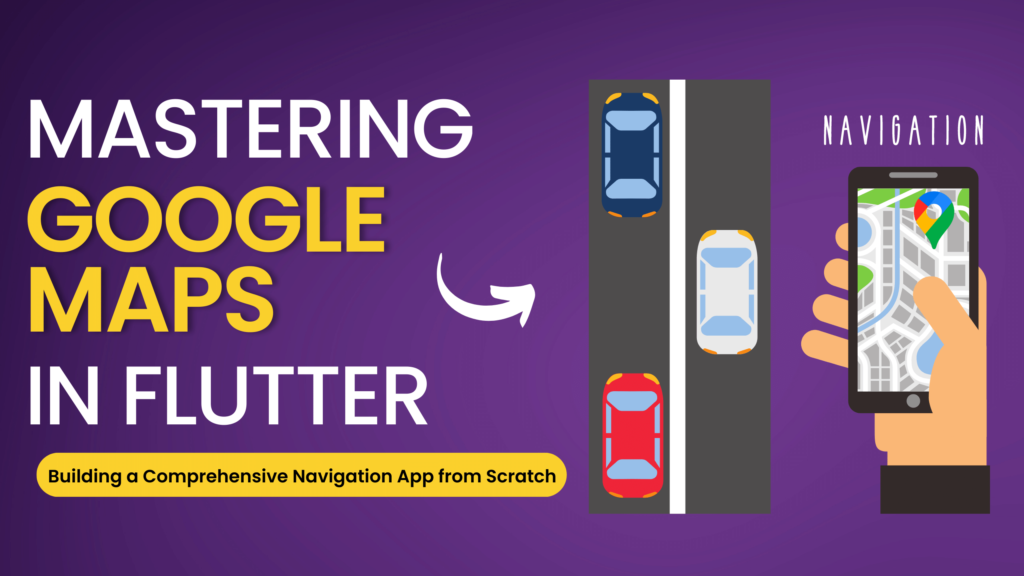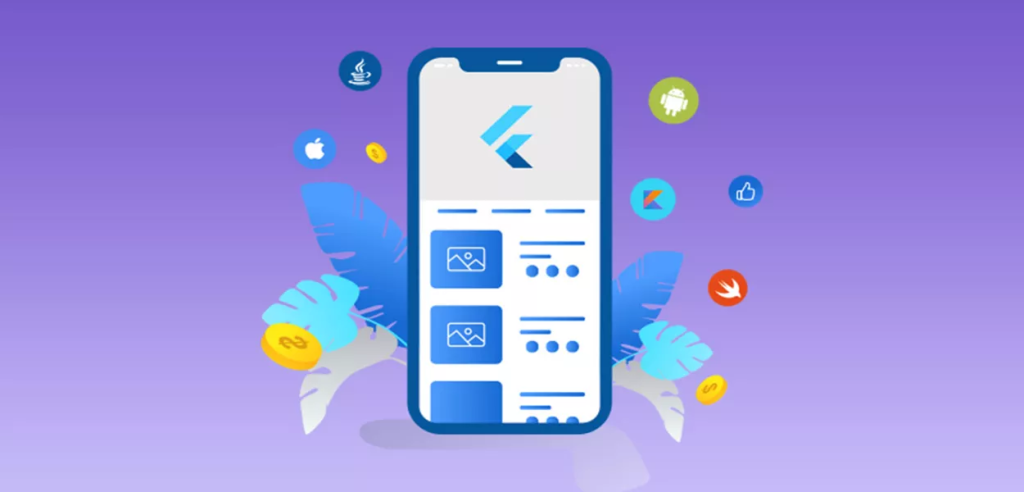Memory management is a critical aspect of mobile app development, and Flutter is no exception. Flutter, known for its smooth and performant UI, relies on proper memory management to ensure a great user experience. In this blog, we will explore the best practices and common pitfalls related to memory management in Flutter, with coding examples to cover various aspects.
Understanding Memory Management in Flutter
Before we dive into best practices and pitfalls, let’s understand how memory management works in Flutter.
Flutter apps are written in Dart and run on the Dart Virtual Machine (VM). Dart uses a garbage collector to automatically reclaim memory that is no longer in use, which means developers don’t have to manually allocate or deallocate memory like in languages such as C or C++. However, this doesn’t mean you can completely ignore memory management; it’s still important to follow best practices to optimize your app’s memory usage.
Best Practices for Memory Management in Flutter
1. Dispose of Resources
When using widgets like StatefulWidget, it’s essential to override the dispose method and release any resources you’ve acquired, such as streams or controllers. Failing to do so can lead to memory leaks.
class MyWidget extends StatefulWidget {
@override
_MyWidgetState createState() => _MyWidgetState();
}
class _MyWidgetState extends State<MyWidget> {
final _controller = TextEditingController();
@override
void dispose() {
_controller.dispose(); // Release resources
super.dispose();
}
@override
Widget build(BuildContext context) {
// Widget build logic here
}
}2. Use ListView.builder for Large Lists
When dealing with long lists, prefer using ListView.builder over ListView or Column. This builder creates items on-the-fly as the user scrolls, reducing the memory footprint.
ListView.builder(
itemCount: myData.length,
itemBuilder: (context, index) {
return ListTile(
title: Text(myData[index]),
);
},
)
3. Avoid Excessive Widgets
Creating too many widgets can consume a significant amount of memory. Optimize your widget hierarchy by using const constructors when possible and breaking down complex widgets into smaller reusable ones.
4. Efficiently Use Images
Images can be memory-intensive. Use packages like cached_network_image to efficiently load and cache remote images. Additionally, consider resizing images to match the screen size to reduce memory usage.
CachedNetworkImage(
imageUrl: 'https://example.com/my_image.jpg',
placeholder: (context, url) => CircularProgressIndicator(),
errorWidget: (context, url, error) => Icon(Icons.error),
)5. Minimize setState
Avoid excessive use of setState, especially for frequently changing UI elements. Consider using StreamBuilder or ValueNotifier to manage UI updates without unnecessary rebuilds.
Common Pitfalls in Memory Management
Now, let’s explore some common pitfalls to watch out for:
1. Memory Leaks
Unreleased resources, like open streams or unclosed databases, can lead to memory leaks. Always remember to dispose of resources properly.
2. Large Images
Loading high-resolution images directly into memory can cause your app to crash or slow down. Resize and compress images appropriately.
3. Not Using const Constructors
Not using const constructors for widgets can result in unnecessary widget rebuilding and increased memory usage.
4. Keeping Unused Data in Memory
Retaining data that is no longer needed in memory can lead to increased memory consumption. Use appropriate state management techniques to clear unused data.
5. Not Using ListView.builder
Using ListView or Column for long lists can lead to inefficient memory usage. Always prefer ListView.builder for dynamic lists.
Conclusion
Memory management in Flutter is crucial for delivering a smooth and responsive user experience. By following best practices and avoiding common pitfalls, you can optimize your app’s memory usage and ensure it runs efficiently on various devices. Remember to monitor your app’s memory usage using tools like the Flutter DevTools to identify and address any issues promptly. Happy coding!





